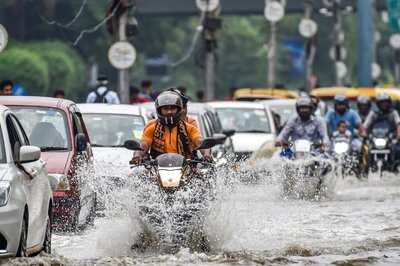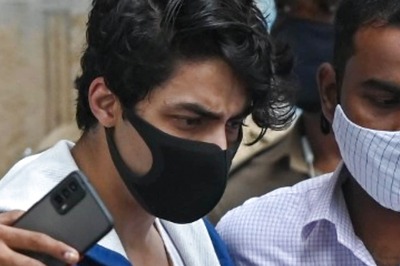
views
The World Health Organisation has come up with two guidelines for policymakers on helmet use and pedestrian safety to help curb the global scourge of road traffic deaths and injuries.
The guidelines, co-written by experts from the Indian Institute of Technology (IIT), on the use of helmets for riders of powered two and three-wheelers and on pedestrian safety, include new evidence and case studies.
According to top officials of the World Health Organisation (WHO), road traffic crashes kill over 1.3 million people every year more than two every minute with nine in 10 deaths occurring in low- and middle-income countries.
Globally, road traffic crashes are the leading cause of death among children and young people aged between 5 and 29 years, WHO officials stated.
“These new manuals are crucial tools to help policymakers build the safe mobility systems we need to halve deaths from crashes by 2030,” said Dr Nhan Tran, Head of Safety and Mobility at WHO.
“With poor infrastructure, pedestrians, particularly in developing countries, are often left dangerously exposed. Motorcycles, scooters, bicycles and e-bikes continue to proliferate fast and the use of life-saving helmets is a must. Rooted in successful actions and evidence, these manuals set out what works in helping to save lives, said Tran.
The road safety expert pointed out that the use of powered two and three-wheeled vehicles are increasing rapidly in many developing countries, yet the use of quality helmets often lags behind.
Nearly 30 per cent of all crash fatalities reported to WHO involve powered two and three-wheelers, with 43 per cent of all road traffic deaths in the WHO South East Asian Region involving these types of vehicles. Full-face covering helmets which are properly strapped on, reduce fatal injuries by up to 64 per cent and brain injuries by up to 74 per cent.
According to IIT Delhi experts, globally, pedestrians are some of the most vulnerable road users. Pedestrian deaths rose at nearly twice the rate of all other road crash deaths between 2013 and 2016, they said. Despite this, pedestrian deaths appear to be grossly under-reported in many developing countries.
“Pedestrian deaths account for around 30 per cent of all deaths from road traffic crashes in India. In some large Indian cities, the proportion of pedestrians killed is up to 60 per cent of all road traffic deaths,” said Geetam Tiwari, a professor at IIT Delhi. “Improving road environment, strengthening legislation, and enforcement, including with actions to educate road users and change their behaviours, can significantly improve pedestrian safety,” she added.
The guidelines were launched at the Dinesh Mohan Memorial Symposium, an international forum to advance progress on reducing road traffic injuries and unintentional injuries, particularly in low-and-middle-income countries, that was hosted by the IIT’s Transportation Research Injury Prevention Centre with support from the Volvo Research Education Foundation.
Read all the Latest News India and Breaking News here


















Comments
0 comment